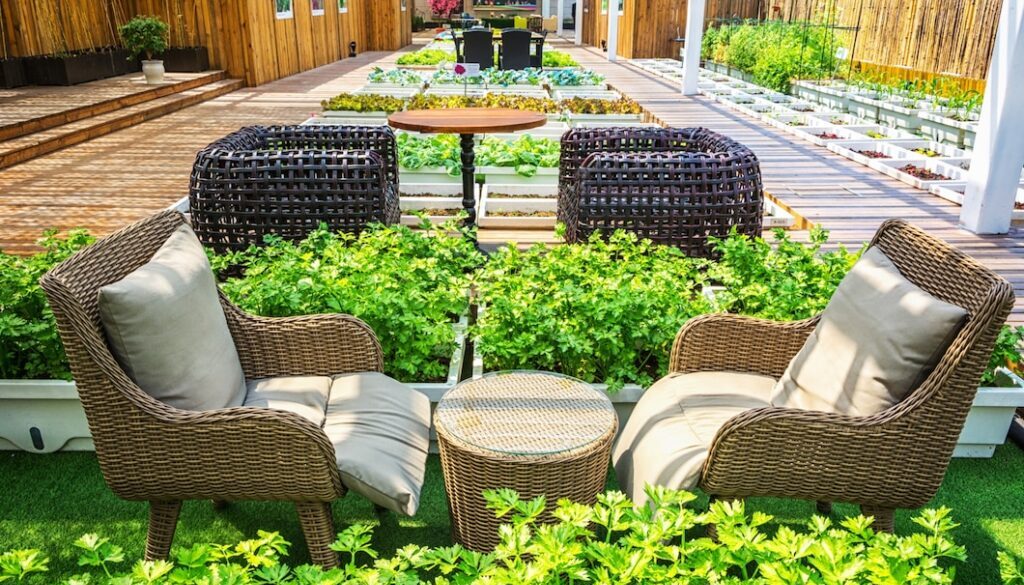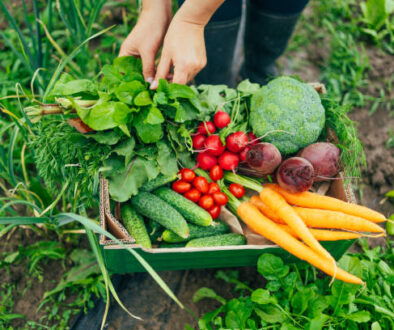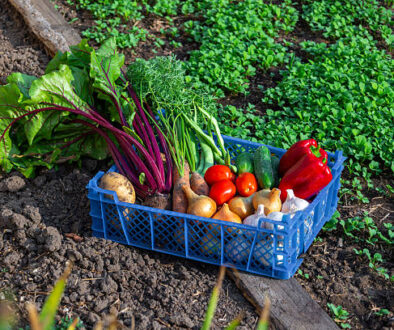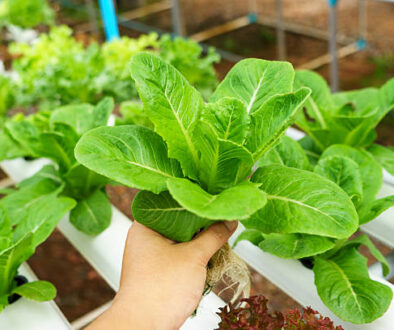How to Build a Medicine Garden That Works Like a Natural First Aid Kit
This post may contain paid and/or affiliate links. I may earn a small commission at no extra cost to you.
Imagine stepping outside into your backyard and picking fresh herbs to soothe a burn, calm a stomach, or reduce stress, all without a trip to the store.
That’s the magic of a medicine garden.
With a carefully planned selection of medicinal plants, your garden can function like a natural first aid kit, ready to support everyday health needs.
Why a Medicine Garden Is a Natural First Aid Kit
A medicine garden brings the pharmacy outdoors. Instead of relying solely on store-bought remedies, you can use plants for:
- Minor cuts and scrapes
- Burns and skin irritations
- Digestive issues
- Stress relief and relaxation
- Immune support
By growing your own medicinal plants, you always have fresh, effective remedies on hand while enjoying the beauty and scent of a thriving garden.
Related:
- 14 Herbs That Grow Perfectly Well In Buckets Anytime Of The Year
- How to Start A Medicinal Garden at Home, Even if you’ve never planted anything before
- Why Everyone should have a medicinal garden in their backyard
1. Aloe Vera – Burn and Skin Soother
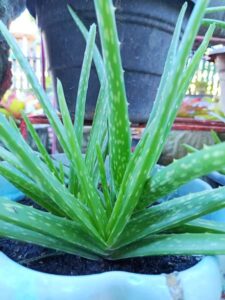
Aloe vera is a must-have for any medicine garden. Its gel is excellent for soothing sunburns, minor cuts, and irritated skin. Aloe is easy to grow in pots or in warm garden beds.
Tip: Allow the soil to dry between waterings; aloe prefers slightly arid conditions.
2. Calendula – Healing for Cuts and Inflammation
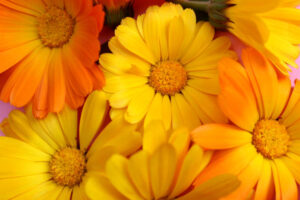
Calendula’s bright orange flowers are perfect for salves, oils, and teas that help minor wounds and skin irritations. It’s also a natural anti-inflammatory and attracts pollinators to your garden.
Tip: Harvest petals when fully open for maximum potency.
3. Lavender – Calming and Antiseptic
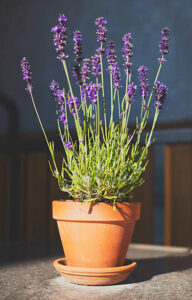
Lavender is great for stress relief, minor cuts, and even insect bites. It can be used in teas, oils, or baths. Lavender thrives in sunny spots with well-draining soil and adds fragrance to your garden.
Tip: Trim flowers before full bloom to encourage continuous growth.
4. Peppermint – Digestive Aid and Headache Relief
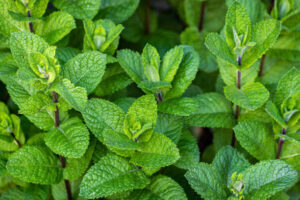
Peppermint is perfect for easing bloating, nausea, and mild headaches. It spreads quickly, so growing it in a container is ideal. Fresh leaves make a quick, soothing tea for everyday digestive comfort.
Tip: Pinch leaves regularly to maintain lush growth.
5. Chamomile – Stress Relief and Sleep Support
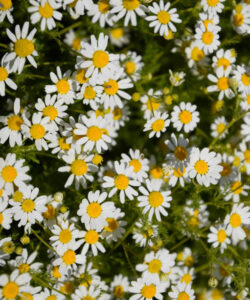
Chamomile is gentle and versatile. Its flowers can be brewed into tea to calm nerves, ease digestion, and promote restful sleep. Chamomile grows well in sunny areas and well-draining soil.
Tip: Harvest flowers when fully open and dry them for future use.
6. Echinacea – Immune System Support
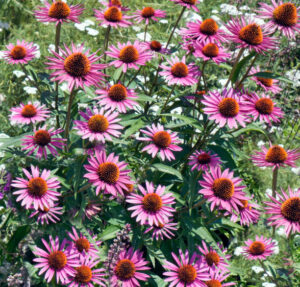
Echinacea helps your body fight off infections and strengthens immunity. Both roots and leaves can be used in teas and tinctures. Its purple flowers also bring beauty to your garden.
Tip: Plant in full sun and well-draining soil for best results.
7. Lemon Balm – Soothing for Digestion and Anxiety
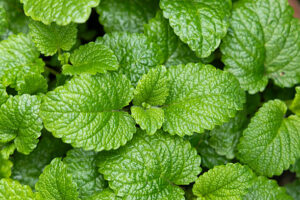
Lemon balm supports relaxation, eases digestive discomfort, and helps with mild anxiety. It’s hardy and grows quickly in most gardens or containers.
Tip: Contain lemon balm in a pot if you want to control its vigorous growth.
Tips for Building a Functional Medicine Garden
- Start small: Begin with 5–7 essential plants and expand gradually.
- Sunlight matters: Most medicinal plants thrive with 6–8 hours of sun daily.
- Well-draining soil: Prevents root rot and supports healthy growth.
- Harvest at peak potency: Pick leaves and flowers when they’re most effective.
- Rotate and prune: Keeps plants productive and encourages bushy growth.
Conclusion
A medicine garden is a practical, beautiful, and empowering way to care for your health naturally.
By planting herbs like aloe, calendula, lavender, and peppermint, you create a natural first aid kit right in your backyard.
Fresh, effective remedies are always within reach, and your garden becomes a space for wellness, relaxation, and connection to nature.
FAQs
Q1: Can a small garden serve as a natural first aid kit?
Absolutely! Even a few key herbs like aloe, calendula, and lavender provide remedies for minor injuries and common ailments.
Q2: Are these plants safe for everyday use?
Generally, yes, but always check specific herb safety if pregnant, nursing, or taking medications.
Q3: Can these plants be grown indoors?
Yes! Many herbs, including chamomile, peppermint, and lemon balm, thrive in containers with sufficient sunlight.
Q4: How do I preserve herbs for later use?
Dry flowers and leaves for teas, make tinctures, or infuse oils for long-term use.
